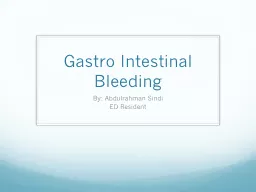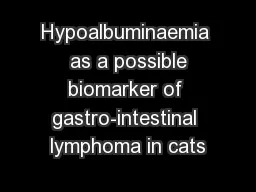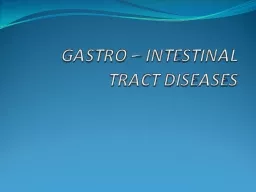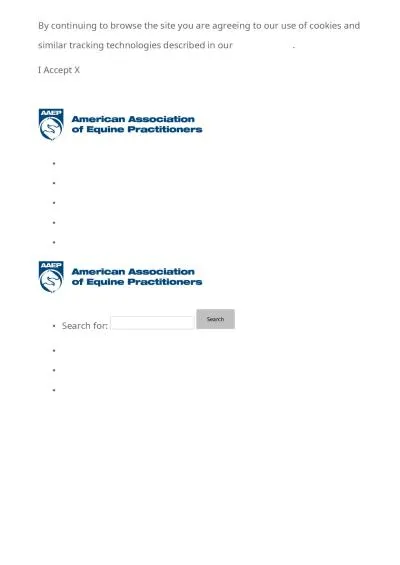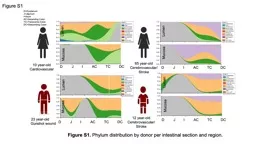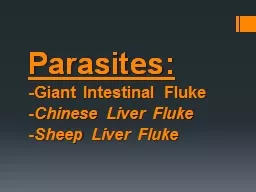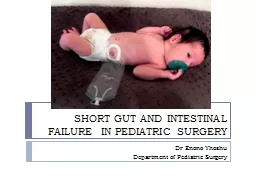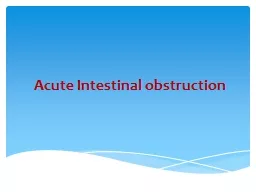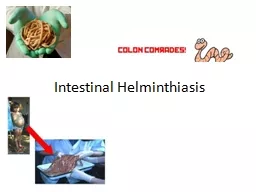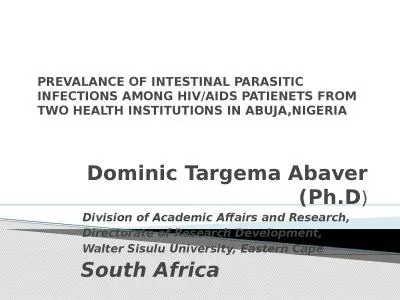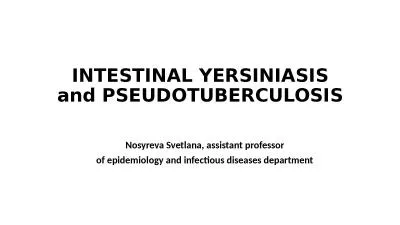PPT-Gastro Intestinal Bleeding
Author : ellena-manuel | Published Date : 2017-06-24
By Abdulrahman Sindi ED Resident Case Scenario A 55yearold male not known to have any medical illness presented to the ED complaining of blood in his vomitus two
Presentation Embed Code
Download Presentation
Download Presentation The PPT/PDF document "Gastro Intestinal Bleeding" is the property of its rightful owner. Permission is granted to download and print the materials on this website for personal, non-commercial use only, and to display it on your personal computer provided you do not modify the materials and that you retain all copyright notices contained in the materials. By downloading content from our website, you accept the terms of this agreement.
Gastro Intestinal Bleeding: Transcript
Download Rules Of Document
"Gastro Intestinal Bleeding"The content belongs to its owner. You may download and print it for personal use, without modification, and keep all copyright notices. By downloading, you agree to these terms.
Related Documents

